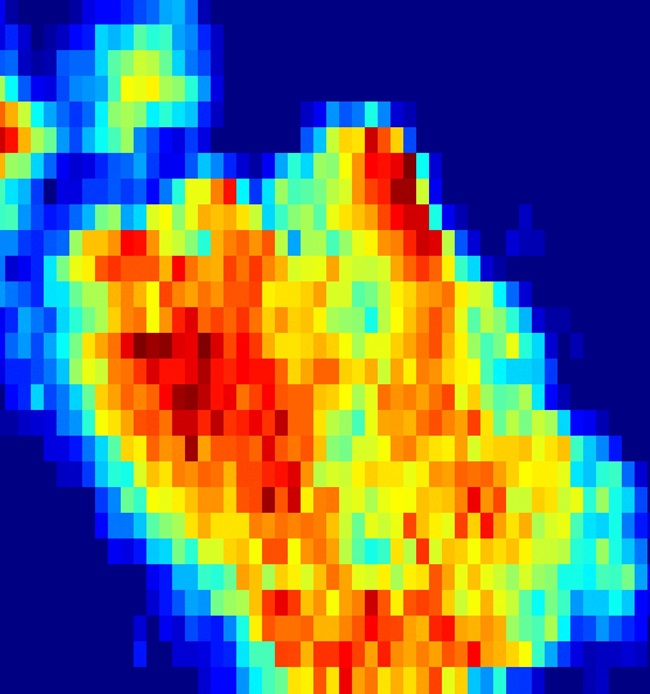Abstract:
Carbonaceous chondrites contain many biogenically important organic compounds, such as amino acids, nucleobases and sugars. How life started is still widely debated, but the availability of certain organic compounds would have been essential. Both the mineral and organic matter phases, of carbonaceous chondrites, have been affected by aqueous alteration processes. Such processes have altered the originally accreted components and generated complex relationships. Whilst organic matter is known to be associated with phyllosilicate phases, no such relationship has yet been identified for specific organic compound classes. Furthermore, ongoing sample return missions, Hyabusa 2 and OSIRIS-Rex, are set to return potentially organic rich C-type asteroid samples to the Earth. Consequently, strategies to investigate organic-mineral relationships are required. Here I will outline the findings of a recent investigation of the Murchison meteorite (CM2) using desorption electrospray ionisation-orbitrap-mass spectrometry (DESI-OT-MS), scanning electron microscopy (SEM), energy dispersive X-ray (EDX) analysis and Raman spectroscopy. Different behaviours were observed for free/soluble organic matter (FOM/SOM) components (akylimidazole and alkylpyridine homologues) during fluid transport. Low and intermediate molecular weight alkylimidazole homologues are preferentially relocated over higher molecular weight members, likely due to their affinity for the aqueous phase. On aqueous alteration of anhydrous mineral phases, transported FOM is adsorbed onto the surface or into the interlayers of the resulting phyllosilicates and thus concentrated and protected from oxidising fluids. Therefore, aiding the delivery of biologically relevant molecules to earth, shortly preceding the origin of life.
Speaker: Dr. Christian Potiszil, Okayama University Institute for Planetary Materials
Date: Friday, 31 January, 15:30-16:30 at Mishima Hall (ELSI-1)
Host: Tony Jia
Carbonaceous chondrites contain many biogenically important organic compounds, such as amino acids, nucleobases and sugars. How life started is still widely debated, but the availability of certain organic compounds would have been essential. Both the mineral and organic matter phases, of carbonaceous chondrites, have been affected by aqueous alteration processes. Such processes have altered the originally accreted components and generated complex relationships. Whilst organic matter is known to be associated with phyllosilicate phases, no such relationship has yet been identified for specific organic compound classes. Furthermore, ongoing sample return missions, Hyabusa 2 and OSIRIS-Rex, are set to return potentially organic rich C-type asteroid samples to the Earth. Consequently, strategies to investigate organic-mineral relationships are required. Here I will outline the findings of a recent investigation of the Murchison meteorite (CM2) using desorption electrospray ionisation-orbitrap-mass spectrometry (DESI-OT-MS), scanning electron microscopy (SEM), energy dispersive X-ray (EDX) analysis and Raman spectroscopy. Different behaviours were observed for free/soluble organic matter (FOM/SOM) components (akylimidazole and alkylpyridine homologues) during fluid transport. Low and intermediate molecular weight alkylimidazole homologues are preferentially relocated over higher molecular weight members, likely due to their affinity for the aqueous phase. On aqueous alteration of anhydrous mineral phases, transported FOM is adsorbed onto the surface or into the interlayers of the resulting phyllosilicates and thus concentrated and protected from oxidising fluids. Therefore, aiding the delivery of biologically relevant molecules to earth, shortly preceding the origin of life.
Speaker: Dr. Christian Potiszil, Okayama University Institute for Planetary Materials
Date: Friday, 31 January, 15:30-16:30 at Mishima Hall (ELSI-1)
Host: Tony Jia

